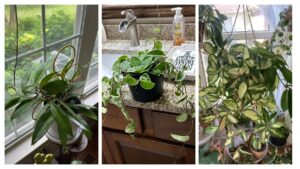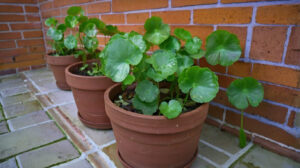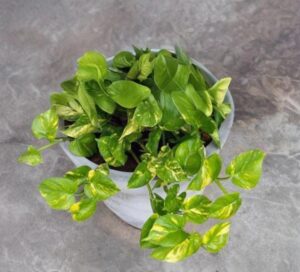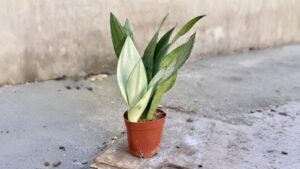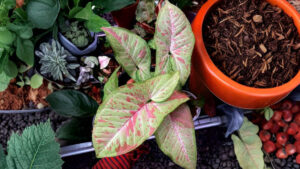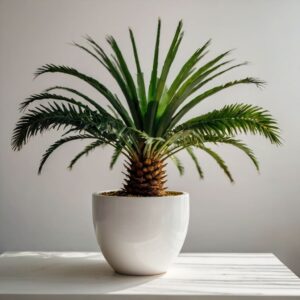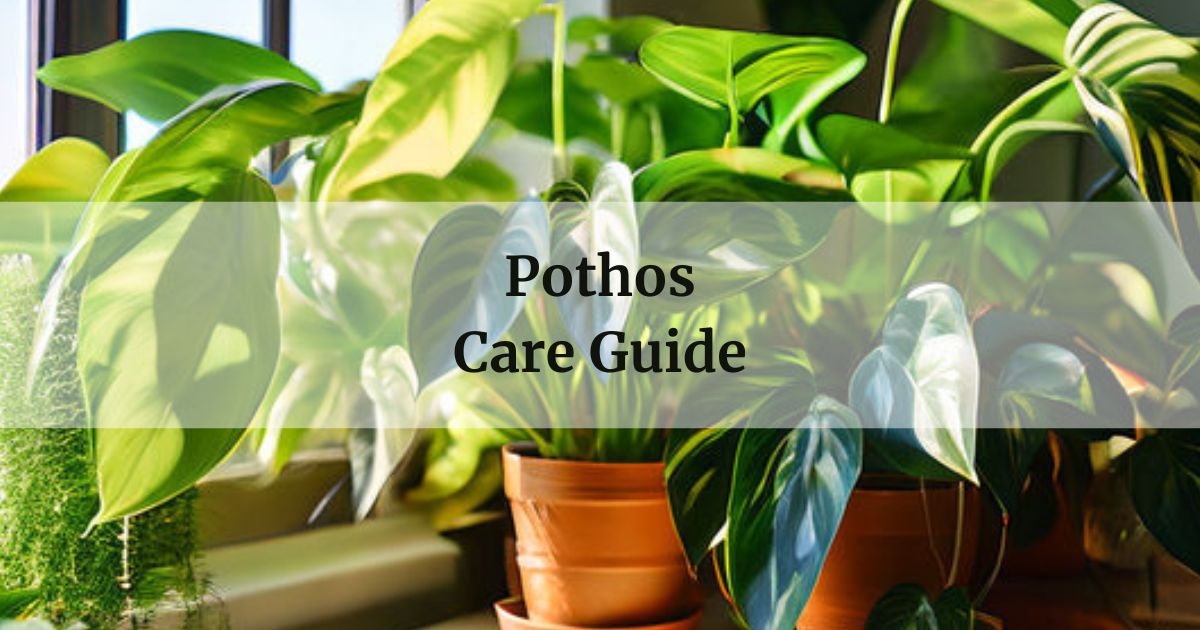
Pothos (Epipremnum aureum) is a versatile and beautiful plant that can bring a vibrant touch to any home. With its trailing vines and lush foliage, it adds a touch of greenery to your living space. Whether you’re an experienced gardener or beginner, Pothos is a great choice due to its low maintenance and forgiving nature.
- Pros:
- Pothos has attractive heart-shaped leaves that come in various shades of green, adding aesthetic appeal to any room.
- It is a beginner-friendly plant.
- Pothos can survive in low light areas.
- The plant is known to improve indoor air quality by removing toxins from the environment.
- Cons:
- Pothos can be toxic to pets if ingested, so it’s important to keep it out of their reach.
- Overwatering can lead to root rot, so it’s crucial to avoid excessive watering.
In this article
Appearance of Pothos
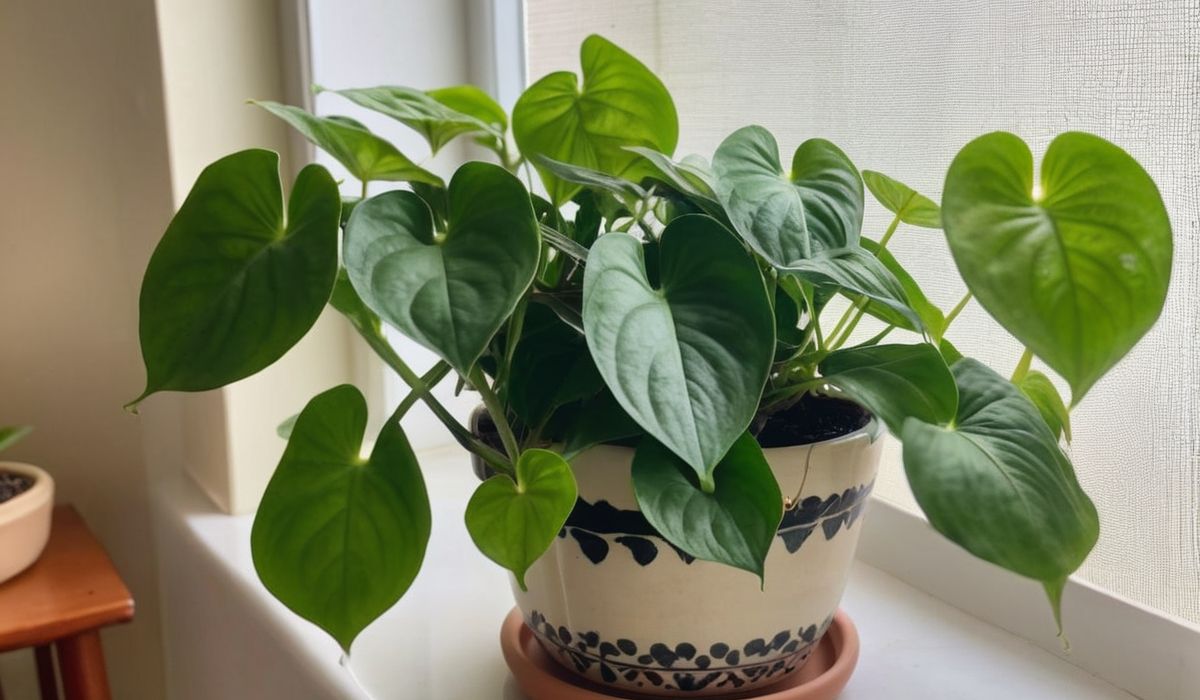
The Pothos plant features heart-shaped leaves that range in color from deep green to variegated patterns of white, yellow, or pale green. Its trailing vines can grow quite long, making it an excellent choice for hanging baskets or as a climbing plant when provided with support. Pothos is known for its rapid growth and ability to fill empty spaces with lush foliage.
Key Features of Pothos:
- Leaf shape and size: Heart-shaped leaves that are typically a few inches in length.
- Beginner friendly: Pothos is forgiving and can withstand occasional neglect.
- Water requirements: Low to moderate water requirements. Allow the soil to dry out slightly between waterings.
- Sunlight requirements: Can thrive in a variety of light conditions, ranging from bright indirect light to low light.
- Pot size: Pothos can be grown in a variety of pot sizes, depending on the desired growth and space.
Great for People Who:
If you want to add some tropical vibes to your home, Pothos is the perfect choice. Its lush foliage and trailing vines create a refreshing atmosphere reminiscent of a tropical paradise. With its easy care requirements, Pothos is suitable for both experienced plant enthusiasts and beginners.
Great for these Spaces:
Pothos thrives in spaces with higher ceilings. Its trailing vines can add a touch of elegance to any room, especially when allowed to cascade down from shelves or hanging planters. Consider placing Pothos in rooms with ample vertical space to showcase its full beauty.
RELATED: 9 Indoor Plants that Purify the Air
Caring for Pothos
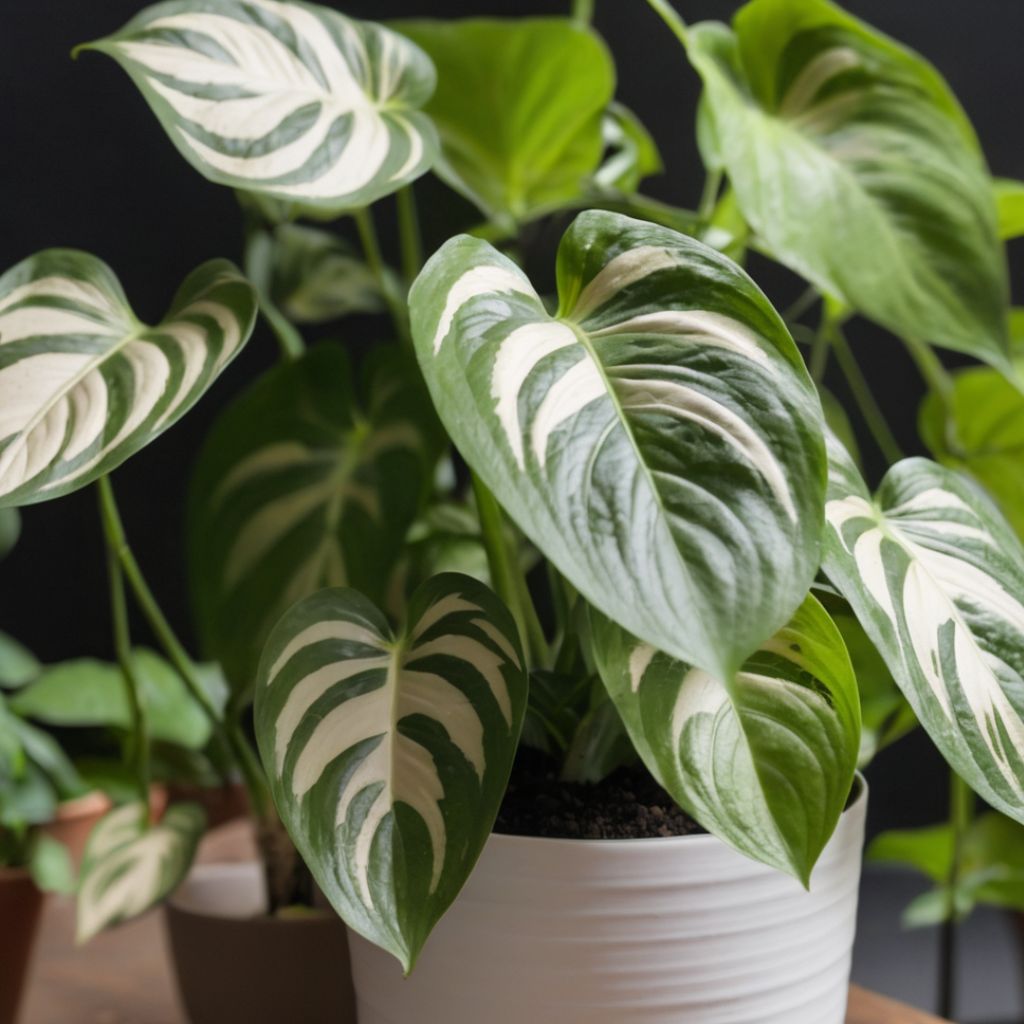
Pothos is a low-maintenance plant that is suitable for beginners. It requires minimal care and can tolerate a range of light and humidity conditions. Ensure the soil is well-draining to prevent overwatering, and provide occasional pruning to encourage bushier growth. Pothos is known to be resilient and can bounce back from slight neglect.
Toxicity Level of Pothos
Pothos is toxic to pets if ingested. The leaves of Pothos contain calcium oxalate crystals, which can cause irritation, swelling, and discomfort if consumed. To keep your pets safe, it is advisable to place Pothos in an area where they cannot reach or consider pet-friendly alternatives.
Light Requirements for Pothos
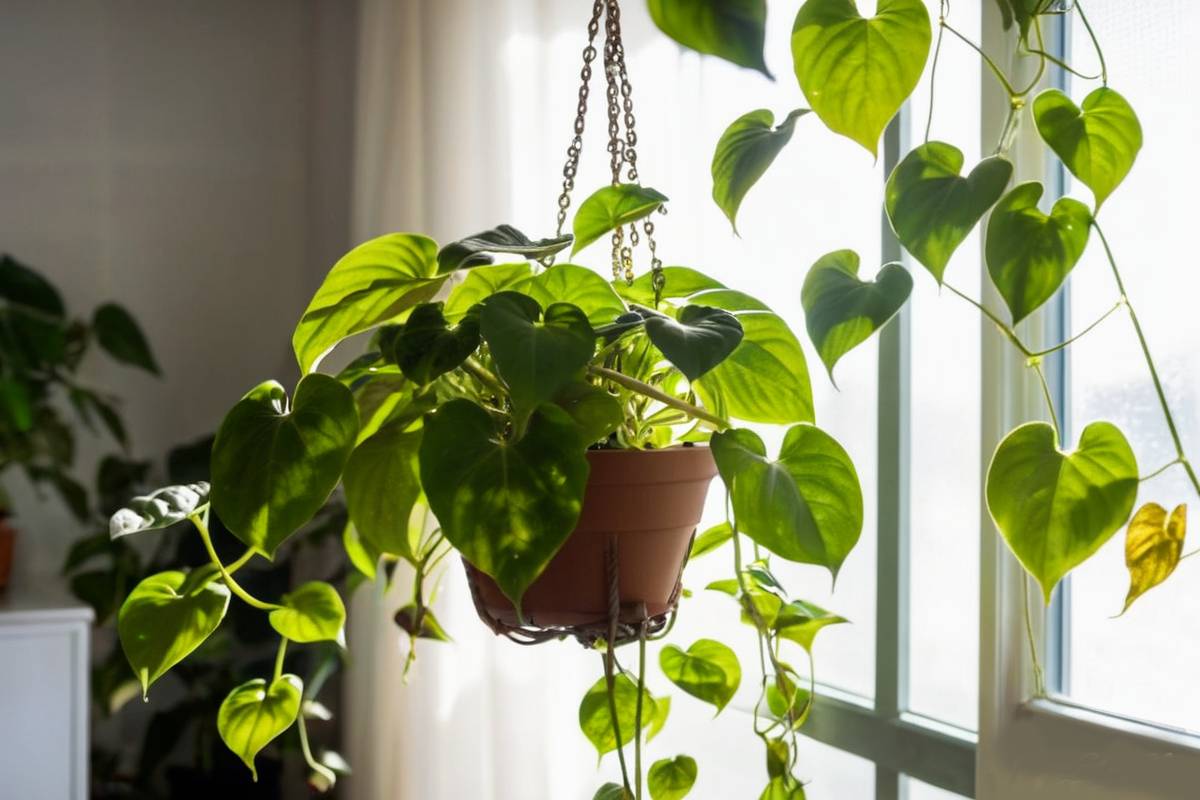
Pothos can thrive in a variety of light conditions, making it a versatile plant for different areas of your home. While it prefers bright indirect light, it can also tolerate low light environments. If natural light is limited, consider supplementing with grow lights to ensure optimal growth.
| Light Conditions | Effect on Pothos |
|---|---|
| Bright Indirect Light | Encourages vibrant foliage and healthy growth. |
| Low Light | Tolerates low light conditions but may result in slower growth. |
| Direct Sunlight | Avoid exposing Pothos to direct sunlight as it can scorch the leaves. |
Watering Pothos
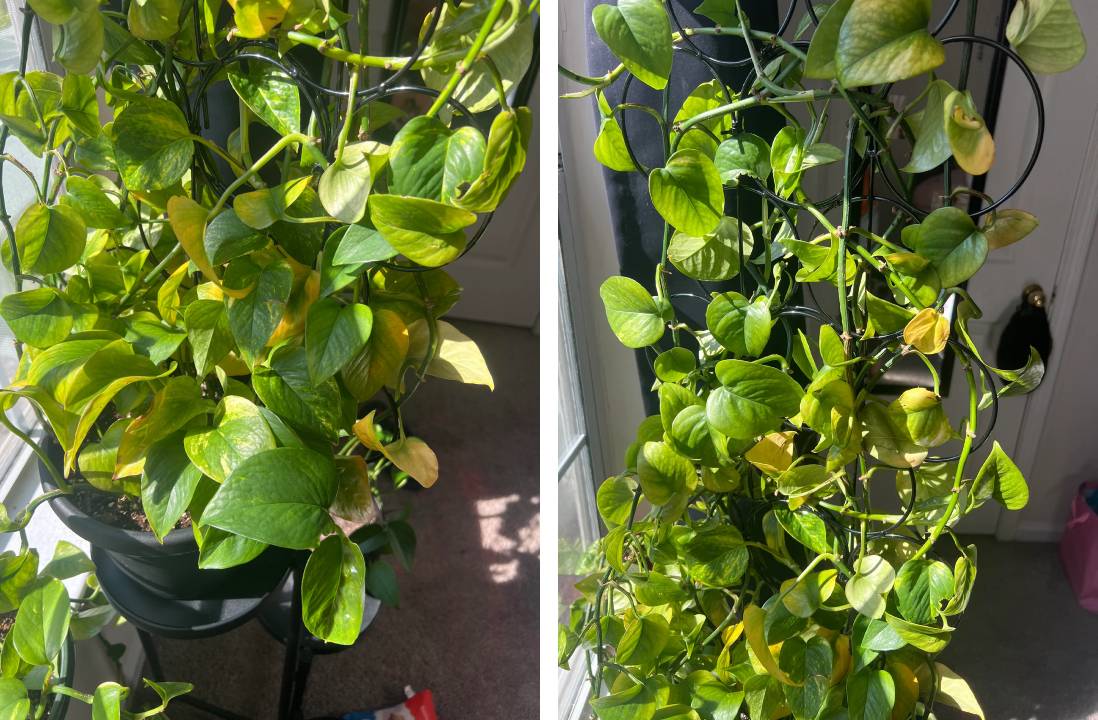
When it comes to watering Pothos, it’s essential to strike the right balance. Allow the top inch of soil to dry out before watering, then water the plant thoroughly until water drains out of the bottom of the pot. Avoid overwatering, as it can lead to root rot. Pothos is relatively forgiving and can tolerate slight underwatering, making it a suitable choice for those who may forget to water their plants occasionally.
Watering Guidelines for Pothos:
- Check the moisture level of the soil by inserting your finger into the top inch.
- If the soil feels dry, water the plant thoroughly.
- Allow any excess water to drain from the pot before returning it to its display location.
Fertilizing Pothos

Indoor Plant Fertilizer Pellets: sitable for all types of indoor plants
Pothos can benefit from occasional fertilization to promote healthy growth. Use a balanced liquid houseplant fertilizer every four to six weeks during the growing season (spring and summer) at half-strength. During the dormant season (fall and winter), reduce fertilization to every eight weeks.
Recommended Fertilizer Dosage for Pothos:
| Month | Recommended Dosage |
|---|---|
| Spring (March-May) | Half-strength balanced liquid houseplant fertilizer every 4 to 6 weeks. |
| Summer (June-August) | Half-strength balanced liquid houseplant fertilizer every 4 to 6 weeks. |
| Fall (September-November) | Reduce fertilization to every 8 weeks. |
| Winter (December-February) | Reduce fertilization to every 8 weeks. |
Potting Pothos
When potting Pothos, choose a well-draining potting mix and a pot with drainage holes to prevent waterlogging. Ensure the pot is not too large for the plant, as Pothos thrives when slightly root-bound. Repotting is typically required every two to three years or when the roots start to outgrow the pot.
Potting Guidelines for Pothos:
- Select a pot slightly larger than the current one, allowing room for root growth.
- Fill the pot with a well-draining potting mix, leaving enough space for the root ball.
- Gently remove the Pothos from its current pot, taking care not to damage the roots.
- Place the plant in the new pot, ensuring it is centered and at the same depth as before.
- Fill any gaps with additional potting mix, pressing lightly to secure the plant.
- Water the newly potted Pothos thoroughly, allowing excess water to drain.
Propagation of Pothos
Propagating Pothos is relatively simple, making it an excellent choice for beginner gardeners. Follow these steps:
- Select a healthy stem with at least two leaves.
- Cut the stem just below a node using clean, sharp scissors or gardening shears.
- Place the cutting in water, ensuring the submerged node is covered.
- Keep the cutting in a location with bright indirect light, changing the water every few days.
- Once roots have developed (usually within a few weeks), transplant the cutting into a well-draining potting mix.
Growth and Development of Pothos
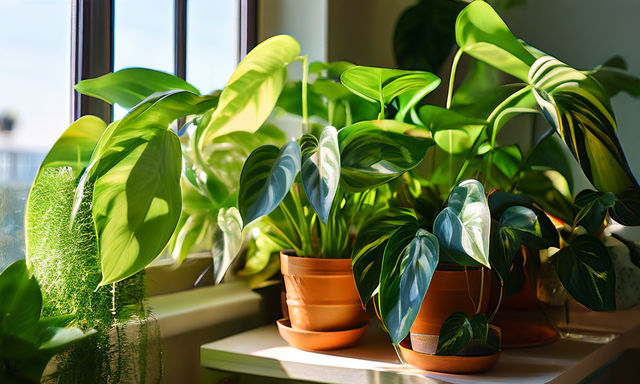
Pothos grows best in bright indirect light and average room humidity. It is important to keep the temperature between 60°F to 85°F (15°C to 29°C) for optimal growth. The best time to grow Pothos in the United States is during the spring and summer months when the plant can benefit from increased natural light.
Speaking from my own personal experience, I have found that Pothos can become a bit dusty over time, especially if placed in areas with poor air circulation. Regularly cleaning the leaves with a damp cloth can help the plant thrive and maintain its vibrant appearance.
Managing Pests and Diseases for Pothos
Pothos is generally resistant to pests and diseases, but it can still encounter some common issues. Mealybugs, spider mites, and aphids can occasionally infest Pothos. To manage these pests, use a mild soap and water solution to gently wipe down the leaves and stems. If the infestation is severe, consider using organic insecticidal soap or neem oil.
Complimentary Plants with your Pothos
If you’re looking to enhance the beauty of your Pothos, consider pairing it with the following plants:
Frequently asked questions
Can Pothos thrive in low light conditions?
Yes, Pothos can tolerate low light areas, although it may result in slower growth.
How often should I water my Pothos plant?
Water your Pothos when the top inch of soil feels dry. Avoid overwatering as it can lead to root rot.
Is Pothos toxic to pets?
Yes, Pothos is toxic to pets if ingested. Keep it out of their reach to ensure their safety.
Pothos is an excellent choice for those looking to add a touch of nature to their home. With its attractive foliage, low maintenance requirements, and tolerance for various light conditions, it is an ideal plant for both beginners and experienced gardeners.
Happy gardening!
RELATED: Golden Pothos Care Guide
